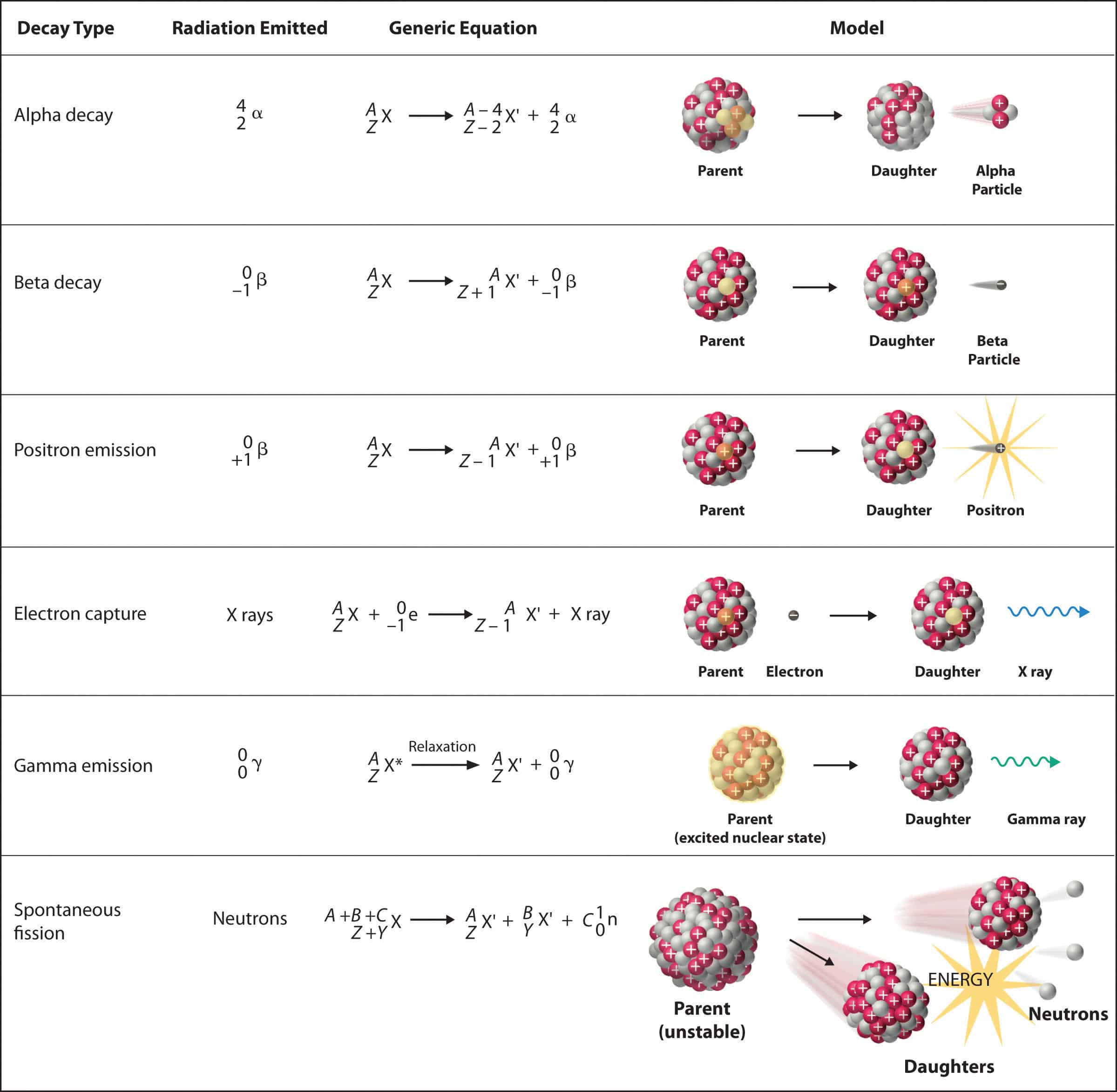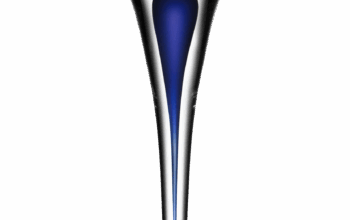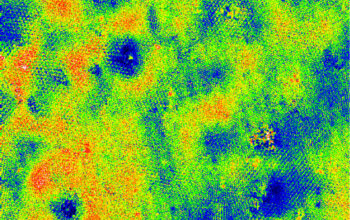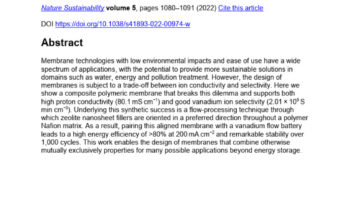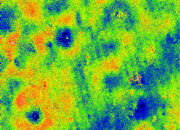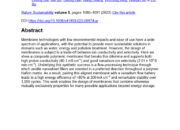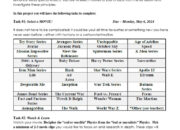At the confluence of particle physics and nuclear structure lies a fascinating concept that adds a profound layer of complexity to our understanding of atomic nuclei: chirality. While chirality, often illustrated in the context of molecules possessing left- and right-handed forms, is primarily associated with chemistry, an intriguing question arises: how does chirality manifest within the nuclear realm, and what implications does this have for our understanding of fundamental interactions? This exploration of chiral phenomena in nuclear physics not only promises to challenge established paradigms but also opens avenues for novel research in both theoretical and experimental domains.
To embark on this intellectual venture, it is essential to define chirality. In the broadest terms, chirality refers to the geometric property of a structure that cannot be superimposed on its mirror image. This property is found in various contexts, most notably in organic molecules, where it plays a crucial role in biochemical reactions and the function of biological systems. However, when the concept of chirality takes on a nuclear dimension, it transcends conventional boundaries, propelling us into a realm where particles exhibit characteristics defined by their intrinsic symmetries.
Chirality within nuclei can be examined through the lens of particle physics, particularly in the behavior of nucleons—the protons and neutrons that constitute the nucleus. An intriguing inquiry arises: how does the chirality of nucleons influence the stability and reactions of atomic nuclei? In recent years, nuclear physicists have begun exploring this question by studying the behavior of pionic interactions, which are mediated by pions (the lightest mesons). These interactions can exhibit chirality, demonstrating that even the fundamental building blocks of matter can possess handedness in their dynamics.
The study of chirality among nucleons compels physicists to reconsider the traditional depiction of nuclear forces. Historically, the strong nuclear force has been characterized as the glue that binds protons and neutrons together, operating under the paradigms of isotropy and uniformity. However, incorporating chirality into this framework reveals a more nuanced interpretation, wherein interactions may vary depending on the specific configuration and orientation of the nucleons involved. This perspective prompts a fundamental reassessment of conventional models, potentially triggering significant modifications to our understanding of nuclear structure and reactions.
Furthermore, as researchers delve into the chiral properties of nucleons, they stumble upon the idea of chiral magnetic effects, which manifest under specific conditions within nuclear matter. Such effects hint at the possibility of complex, emergent behaviors in densely packed nucleons, reminiscent of phenomena observed in condensed matter physics. Therefore, investigating these chiral magnetic effects raises poignant questions: Could these interactions generate new forms of matter? What is the potential for discovering exotic superconducting states within chiral nuclear environments?
To further this discourse, one cannot overlook the pivotal role that experimental verification plays in nuclear physics. The exploration of chirality in nuclei is not merely a theoretical exercise; it requires sophisticated experimental methodologies. Advanced particle detectors and high-energy accelerators are integral to probing these properties under extreme conditions. However, the quest for experimental confirmation poses a quintessential challenge: as we strive for precision in measuring small effects that emerge from chirality, the inherent noise and complexity of nuclear interactions must be meticulously accounted for. Thus, the challenge lies not only in discerning chiral effects but also in developing the advanced technology necessary to observe them reliably.
Despite these challenges, the implications of chirality in the nucleus extend beyond the confines of academia. In recent years, the interplay between chirality and nuclear reactions has garnered attention within applied fields such as medicine and materials science. For instance, understanding chiral interactions could have far-reaching consequences in developing targeted radiation therapies, where the efficacy of treatment modalities may hinge upon the precise manipulation of nuclear reactions at the chiral level. Closer examination of these symmetries will enhance the ability to tailor therapeutic agents and their interactions with biological systems, leading to more effective and safer medicinal outcomes.
As in many scientific inquiries, the route forward is fraught with uncertainty and requires collaboration across disciplines. The synthesis of theoretical models with robust experimental data is crucial in validating the role of chirality within nuclear physics. Engaging a diverse array of scientists—from nuclear physicists to chemists and materials scientists—will be instrumental in creating a holistic framework capable of addressing the question of chirality in nuclei. How can traditional methodologies be adapted or refined to uncover these hidden properties? The synergy of interdisciplinary collaboration will likely yield innovative solutions to this enigmatic challenge.
In summary, chirality presents an exhilarating frontier within the field of nuclear physics that beckons researchers to question established paradigms and embrace the complexities inherent in fundamental interactions. The exploration of chiral dynamics within nucleons not only challenges our conventional understanding of nuclear structure but also ignites potential practical applications that could reverberate across multiple scientific domains. It opens up a Pandora’s box of possibilities—an invitation for thought-provoking inquiry into the intricate dance of particles, where symmetry and asymmetry intertwine, revealing the hidden depths of matter’s fundamental nature.
